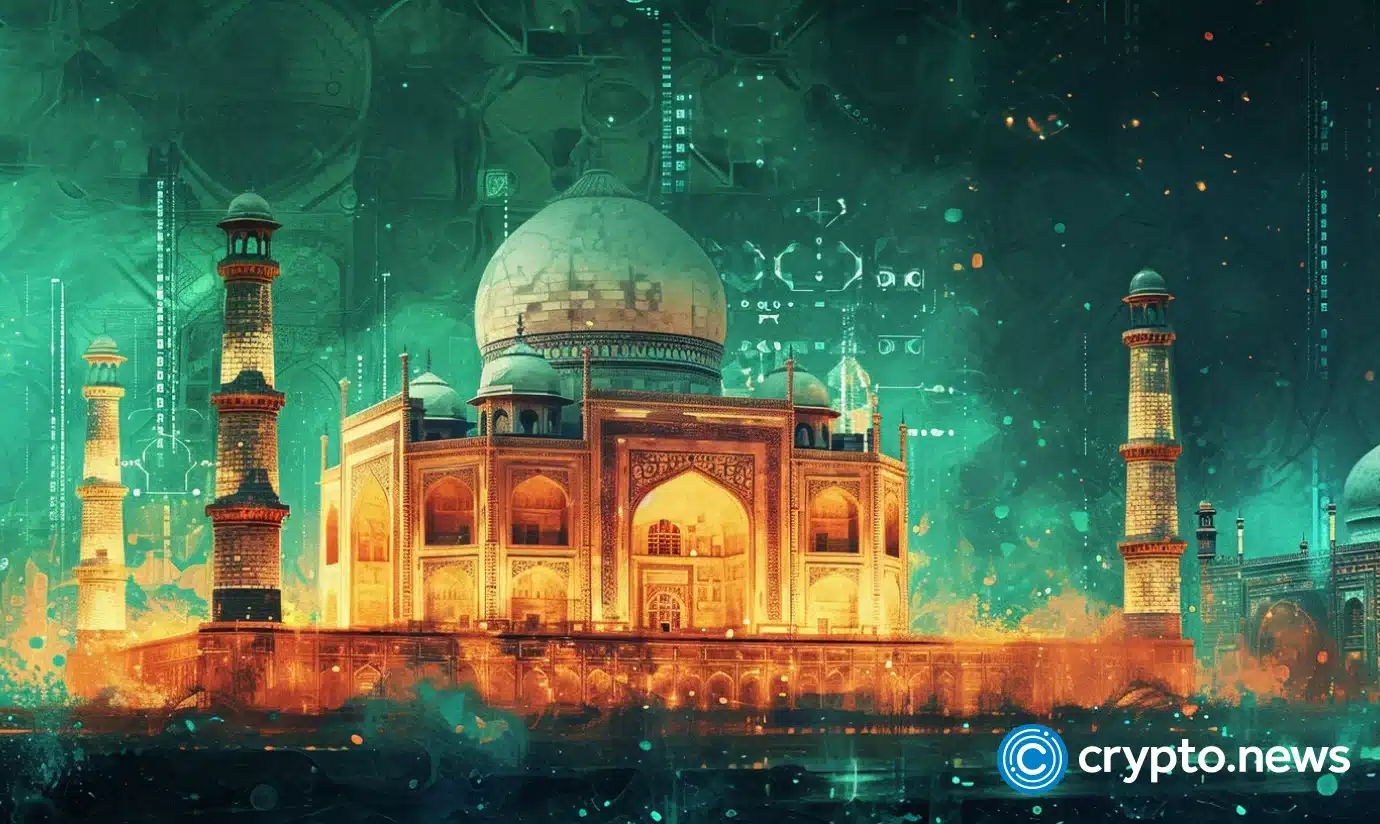
In exclusive comments to crypto.news, a blockchain and artificial intelligence expert discussed why he believes India is set to become a web3 powerhouse.
India has long been a tech-savvy nation, with over 750 million active internet users as of January 2024. The nation’s booming IT sector accounted for 7.5% of its approximately $3.9 trillion economy in 2023.
With a digital competitiveness score of 60, placing it ahead of every other BRICS nation except China, India has proved its standing as a global IT powerhouse. Naturally, this lays a solid groundwork for the nation to support the promising web3 and blockchain sector.
Yet this notion does not stem out of thin air. India is already home to over 1000 startups that are actively exploring web3 and blockchain technologies. Some estimates expect the nation’s web3 market to be valued at over $1 billion by 2032.
This growth would be supported by India’s “predominantly young population,” according to Sanjay Saxena, co-founder and CEO of AI-powered blockchain network CIFDAQ, who highlighted that India’s share of global web3 developers has surged from 3% in 2018 to 12% in 2023.
“India is nurturing a new generation of tech-savvy individuals. A large proportion of the developer base is between the ages of 20 and 22, reflecting the youthful energy driving India’s web3 development,” Saxena told crypto.news.
Premiere educational institutions in India, like the Indian Institutes of Technology and National Institutes of Technology, were pioneers in adopting emerging technology-based courses, introducing studies in blockchain and other web3-related technologies as early as 2018.
Saxena explained that these initiatives are helping create a skilled workforce that will position India to “tackle the challenges of the decentralized future.”
Further, the government has also shown openness to adopting blockchain technology, as evidenced by the multitude of initiatives like the Central Bank Digital Currency project, which aims to create a blockchain alternative to the Indian rupee, and the Ministry of Electronics and Information Technology’s initiatives to create a unified blockchain framework.
On top of this, over 50% of Indian states are already exploring various blockchain initiatives, Saxxena added.
Some notable examples include the state of Tamil Nadu’s blockchain backbone initiative, a blockchain-as-a-service infrastructure that aims to secure and ensure the integrity of critical documents and data. Meanwhile, the state of West Bengal’s NFT-based land mutation program was the first of its kind to create 50,000 NFTs to represent one million property records.
India’s private sector hasn’t shied away from blockchain implementation either. Tech Mahindra, an IT giant with a presence in over 90 countries, launched a “Stablecoin-as-a-Service” solution, targeting financial institutions worldwide and facilitating more efficient and secure digital transactions. Reliance, one of India’s largest conglomerates, has been implementing blockchain in its supply chain processes.
Another IT giant, Infosys, has developed blockchain-based applications for banks and insurance companies, aiming to streamline processes and reduce fraud.
However, challenges remain, as the web3 sector needs clearer regulatory frameworks. The Indian government is still in the process of defining and implementing regulations that can fully support the growth and potential of blockchain technologies.
Ambiguous tax laws persist despite repeated calls from key industry players, and this, according to Saxena, poses operational challenges for web3 startups. Beyond the impact on the crypto trading economy, which has reportedly migrated to offshore exchanges, the punishing tax requirements are also causing a “brain drain.”
Many virtual digital asset businesses and professionals are relocating “to more favorable jurisdictions abroad,” Saxena underlined, adding:
“This migration not only results in a loss of talent but also diminishes India’s potential as a hub for digital innovation.”
To address this, Saxena urges the government to offer tax incentives and focus on infrastructural development, reiterating that the “combination of a skilled talent pool, strong ecosystem, favorable demographics, educational initiatives, government support, innovation, and community engagement creates a compelling case for India’s ascendancy in the web3 space.”
This article first appeared at crypto.news
